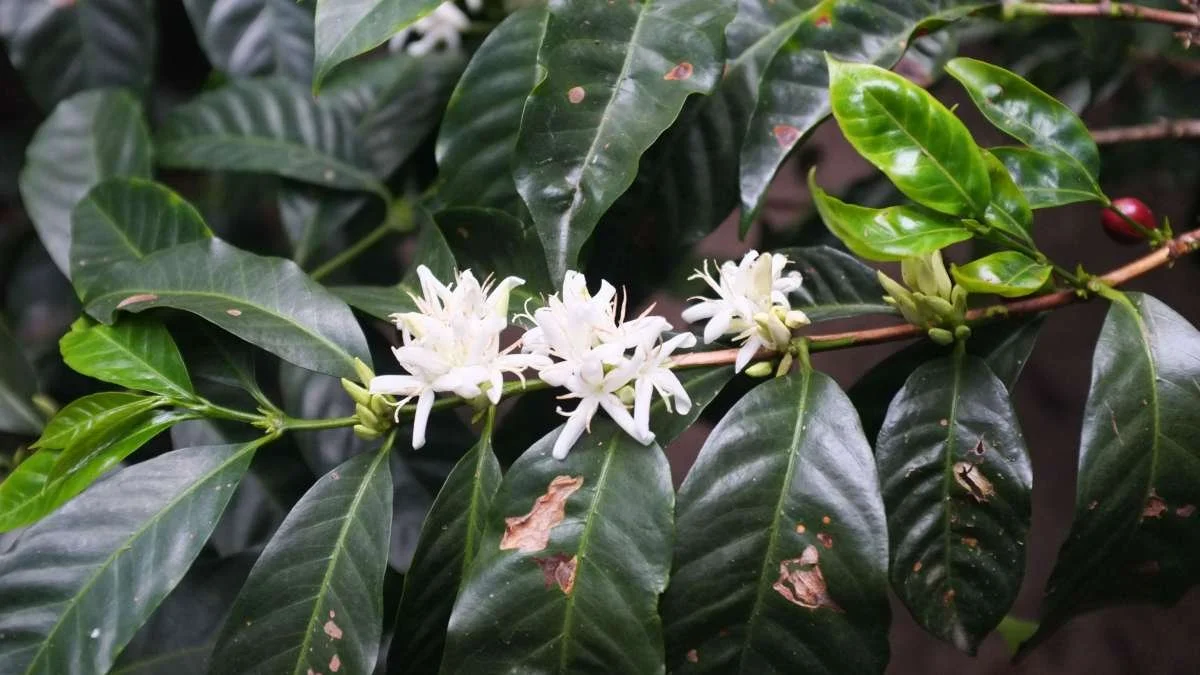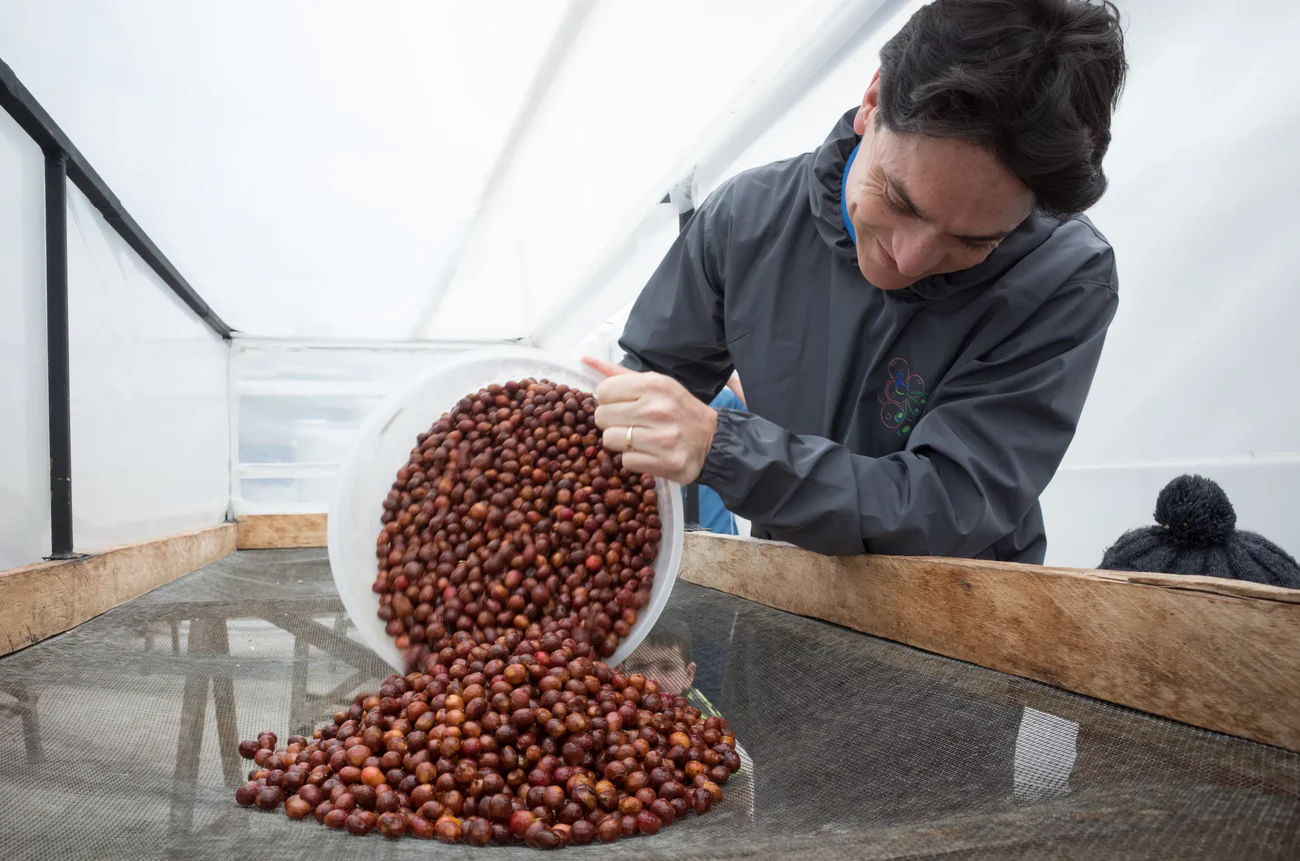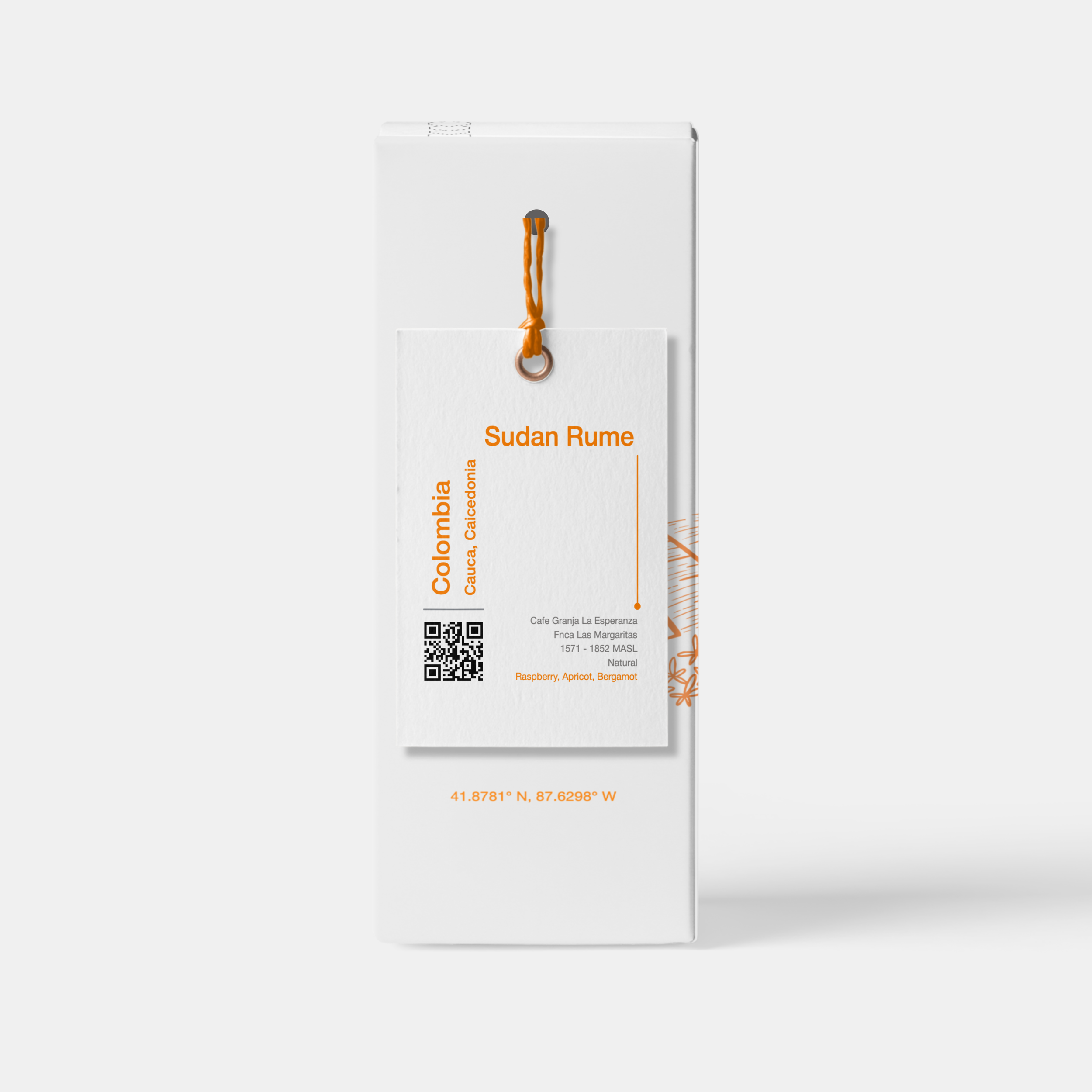Typica Coffee Variety: History, Genetics, Flavor Profile, and Cultivation
Typica is one of the most historically significant Arabica coffee varieties, playing a foundational role in the global spread of coffee cultivation. It is believed to have originated from the first coffee trees taken from Ethiopia to Yemen, where coffee was first cultivated commercially. From there, Dutch traders carried coffee plants to Java in the 17th century, and these plants later made their way to the Americas through the French and Spanish. Over time, Typica became the base variety for many other Arabica cultivars. It is often associated with some of the earliest coffee farms in Latin America and the Caribbean, including Jamaica’s famous Blue Mountain region. Despite its long history and important role in the coffee industry, Typica has largely been replaced by higher-yielding and more disease-resistant varieties in many regions, but it remains a benchmark for quality, particularly in high-altitude farms that prioritize flavor over productivity.
Port of Mokha, Yemen Vilayet Ottoman Empire
Genetically, Typica is one of the purest Arabica coffee varieties, retaining much of the original genetic material from early coffee trees. Arabica itself is a hybrid species, naturally formed from a cross between Coffea Eugenioides and Coffea canephora (Robusta) thousands of years ago. However, within Arabica, Typica represents a relatively unchanged lineage compared to modern hybrids and cultivars that have undergone extensive breeding. Its genetic purity makes it valuable for research and breeding programs, but it also comes with vulnerabilities. Typica is highly susceptible to diseases such as coffee leaf rust and pests like the coffee berry borer, which has led to a decline in its cultivation in regions where these threats are prevalent. However, its genetic stability allows it to serve as a parent for many other cultivars that aim to combine its high cup quality with improved resistance to environmental stressors.
The Typica coffee tree is tall and slender, often reaching heights of four meters or more if left unpruned. Its elongated internodes and slightly drooping branches give it a distinct, elegant appearance compared to more compact varieties like Bourbon. The leaves of Typica are broad and elongated, with a deep green color that can sometimes take on a bluish tint in certain growing conditions. The cherries it produces are typically small to medium-sized, maturing to a deep red when fully ripe. Due to its tall growth and relatively sparse branch structure, Typica trees require careful pruning and maintenance to ensure efficient nutrient distribution and manageable harvesting conditions. Their relatively low yield compared to modern hybrid varieties makes them less economically attractive for large-scale production, but many specialty coffee producers continue to grow Typica because of the high quality of its beans.
Typica blossom, Hacienda La Papaya
In terms of cup profile, Typica is highly regarded for its clarity, sweetness, and balance. It often presents a clean and refined acidity, which can range from bright citrus notes in high-altitude regions to softer, more malic acidity in lower elevations. Its sweetness is typically pronounced, with flavors reminiscent of caramel, honey, or brown sugar. The body is usually medium, with a smooth and silky mouthfeel that enhances its overall drinkability. While it may not exhibit the intense florality of Gesha or the bold fruit-forward nature of some experimental fermentation coffees, a well-grown and carefully processed Typica can deliver a beautifully structured and nuanced cup. Processing methods such as washed, honey, or anaerobic fermentation can influence its final profile, but Typica’s natural characteristics lend themselves well to clean and elegant expressions, often with subtle floral and nutty undertones.
Juan Pena, Hacienda La Papaya, Ecuador
Despite its lower yields and disease susceptibility, Typica continues to hold a revered place in specialty coffee. Many producers, particularly those focused on quality over quantity, have preserved and refined Typica cultivation, sometimes incorporating experimental processing techniques to enhance its complexity. Farms such as Hacienda La Papaya in Ecuador have demonstrated that Typica can produce exceptional coffees with remarkable depth and complexity when given the right attention. While global trends often favor more resilient and productive varieties, Typica remains an important part of coffee’s heritage and an enduring quality standard that continues to captivate coffee professionals and enthusiasts alike.





